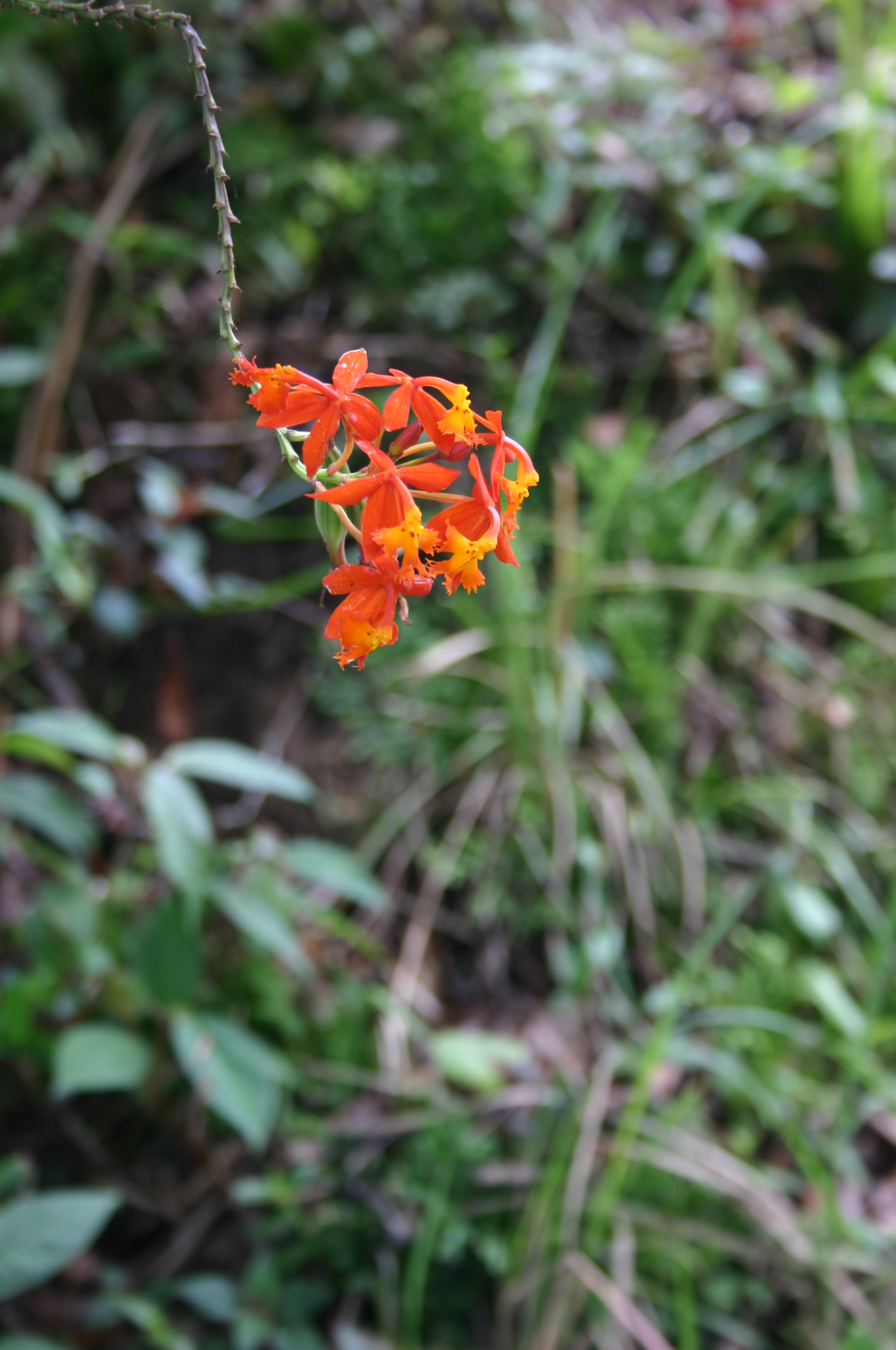|
Epidendrum Pseudepidendrum
''Epidendrum pseudepidendrum'' (the "''False Epidendrum Epidendrum''") is a species of orchid native to Costa Rica and Panama. The upright canes, which can reach 5 ft., bear paniculate inflorescences which can re-bloom for several years.A. Phillips and C. Hill. "Reed-Stem Epidendrums" ''Orchids'', Sep. 1998, the American Orchid Society According to Reichenbach, the strange name is the result of first being named ''Pseudepidendrum spectabile'', before being moved to ''Epidendrum''. The species E. xanthoianthinum Hágsater (1993) was first described as a gold variety of this species, with the name ''E. pseudepidendrum'' var. ''auratum'' Rchb.f. Heinrich Gustav Reichenbach (Dresden, 3 January 1823 – Hamburg, 6 May 1889) was a botanist and the foremost German orchidologist of the 19th century. His father Heinrich Gottlieb Ludwig Reichenbach (author of ''Icones Florae Germanicae et Helv ... (1885). Images Epidendrum pseudepidendrum Orchi 309.jpg Epidendrum ... [...More Info...] [...Related Items...] OR: [Wikipedia] [Google] [Baidu] |
Rchb
Heinrich Gottlieb Ludwig Reichenbach (8 January 1793 – 17 March 1879) was a German botanist and ornithologist. It was he who first requested Leopold Blaschka to make a set of glass marine invertebrate models for scientific education and museum showcasing, the successful commission giving rise to the creation of the Blaschkas' Glass sea creatures and, subsequently and indirectly, the more famous Glass Flowers. Early life Born in Leipzig and the son of Johann Friedrich Jakob Reichenbach (the author in 1818 of the first Greek-German dictionary) Reichenbach studied medicine and natural science at the University of Leipzig in 1810 and, eight years later in 1818, he the now Professor became an instructor before, in 1820, he was appointed the director of the Dresden natural history museum and a professor at the Surgical-Medical Academy in Dresden, where he remained for many years. Glass sea creatures Director of the natural history museum in Dresden, Professor Reichenbach was fa ... [...More Info...] [...Related Items...] OR: [Wikipedia] [Google] [Baidu] |
Epidendrum Pseudepidendrum - Xenia Vol 1 Pl 53 (1858)
''Epidendrum'' , abbreviated Epi in the horticultural trade, is a large neotropical genus of the orchid family. With more than 1,500 species, some authors describe it as a mega-genus. The genus name (from Greek ''επί, epi'' and ''δένδρον, dendron'', "upon trees") refers to its epiphytic growth habit. When Carl Linnaeus named this genus in 1763, he included in this genus all the epiphytic orchids known to him. Although few of these orchids are still included in the genus ''Epidendrum'', some species of ''Epidendrum'' are nevertheless not epiphytic. Distribution and ecology They are native to the tropics and subtropical regions of the American continents, from North Carolina to Argentina. Their habitat can be epiphytic, terrestrial (such as '' E. fulgens''), or even lithophytic (growing on bare rock, such as '' E. calanthum'' and '' E. saxatile''). Many are grown in the Andes, at altitudes between 1,000 and 3,000 m. Their habitats include humid jungles, ... [...More Info...] [...Related Items...] OR: [Wikipedia] [Google] [Baidu] |
Orchid
Orchids are plants that belong to the family Orchidaceae (), a diverse and widespread group of flowering plants with blooms that are often colourful and fragrant. Along with the Asteraceae, they are one of the two largest families of flowering plants. The Orchidaceae have about 28,000 currently accepted species, distributed in about 763 genera. (See ''External links'' below). The determination of which family is larger is still under debate, because verified data on the members of such enormous families are continually in flux. Regardless, the number of orchid species is nearly equal to the number of bony fishes, more than twice the number of bird species, and about four times the number of mammal species. The family encompasses about 6–11% of all species of seed plants. The largest genera are '' Bulbophyllum'' (2,000 species), '' Epidendrum'' (1,500 species), '' Dendrobium'' (1,400 species) and '' Pleurothallis'' (1,000 species). It also includes '' Vanilla'' (the genus o ... [...More Info...] [...Related Items...] OR: [Wikipedia] [Google] [Baidu] |
Epidendrum Xanthoianthinum
''Epidendrum'' , abbreviated Epi in the horticultural trade, is a large neotropical genus of the orchid family. With more than 1,500 species, some authors describe it as a mega-genus. The genus name (from Greek ''επί, epi'' and ''δένδρον, dendron'', "upon trees") refers to its epiphytic growth habit. When Carl Linnaeus named this genus in 1763, he included in this genus all the epiphytic orchids known to him. Although few of these orchids are still included in the genus ''Epidendrum'', some species of ''Epidendrum'' are nevertheless not epiphytic. Distribution and ecology They are native to the tropics and subtropical regions of the American continents, from North Carolina to Argentina. Their habitat can be epiphytic, terrestrial (such as '' E. fulgens''), or even lithophytic (growing on bare rock, such as '' E. calanthum'' and '' E. saxatile''). Many are grown in the Andes, at altitudes between 1,000 and 3,000 m. Their habitats include humid jungles, ... [...More Info...] [...Related Items...] OR: [Wikipedia] [Google] [Baidu] |



